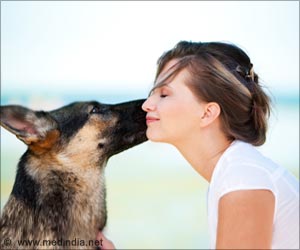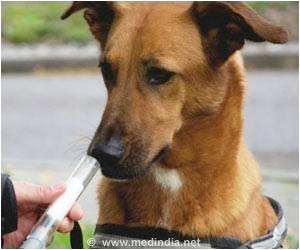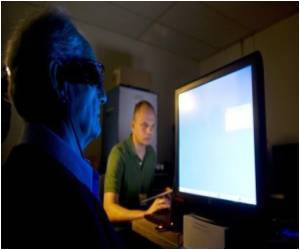The device consists of a specialized handle that is attached to a guide dog’s harness. The handle has two vibrating motors that monitors the dog’s heart rate.

‘The new device allows the guide dog handlers know when their dogs are stressed or anxious, by tracking the dog’s heart rate and respiratory rate.’





To address this need, the researchers have developed a suite of technologies that monitor a dog's breathing and heart rate and share the information with the dog's handler. "Our goal is to let guide dog handlers know when their dogs are stressed or anxious," says Sean Mealin, a Ph.D. student at NC State and lead author of the paper. "This is important because it is widely believed that stress is a significant contributing factor to early retirement of guide dogs and other service animals. The technology may also be able to help handlers detect other health problems, such as symptoms of heat exhaustion."
The issue is particularly important to Mealin, who is blind and works with his own guide dog, Simba.
The research team had previously developed monitoring technologies that are incorporated into a lightweight harness that can be worn by rescue or service dogs. The trick was to find a way to share that monitoring data with users who are blind - and to do so in a way that allows those users to act on the information.
"We didn't want to give handlers an endless stream of information that would be difficult to interpret," Mealin says.
Advertisement
One motor is embedded in the handle by the handler's thumb, and vibrates - or beats - in time with the dog's heart rate. When the dog's heart rate increases, so does the rate at which the motor beats.
Advertisement
"We wanted to use electronic signals that intuitively make sense for the dog handlers," Roberts says.
The prototype handle has been tested using simulated heart rate and respiratory data, and was found to be effective at accurately conveying information to users.
"We're refreshing the design and plan to do additional testing with guide-dog handlers," Roberts says. "Our ultimate goal is to provide technology that can help both guide dogs and their people. That won't be in the immediate future, but we're optimistic that we'll get there."
Source-Eurekalert









